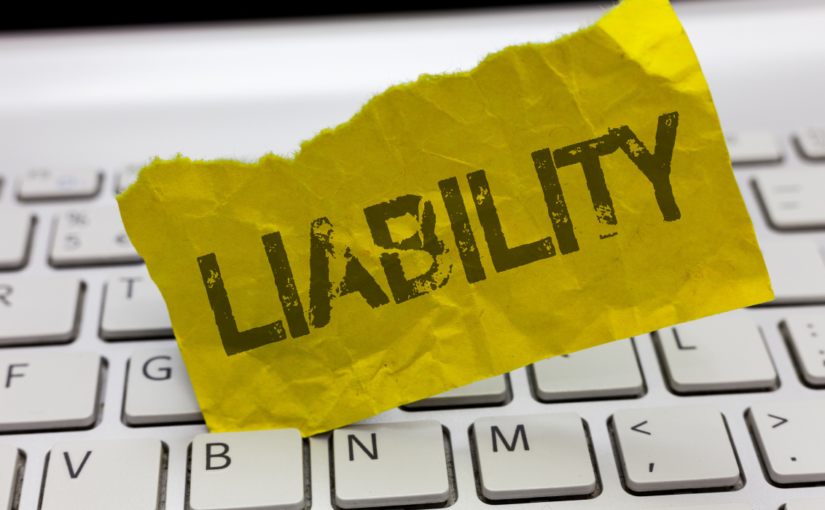back
Mitigating Environmental Liability in Real Estate Transactions
04-2023

In real estate transactions, reducing environmental liability
Deals in real estate can be challenging, particularly when it comes to environmental liabilities. Buyers and sellers of commercial and industrial properties may be exposed to considerable financial, legal, and reputational concerns due to environmental contamination. So, before the transaction is finalized, it is crucial to identify and mitigate any potential environmental hazards. In this blog post, we’ll look at some important tactics for reducing environmental responsibility in real estate deals.
Environmental Due Diligence
The practice of evaluating potential environmental dangers connected to a property is known as environmental due diligence. To detect any environmental hazards and liabilities that could affect the property’s value, environmental due diligence should be carried out early in the purchase process. The following steps are often included in the due diligence process:
Phase I Environmental Site Assessment: Phase I Environmental Site Assessment is the first step (ESA). An inquiry known as a Phase I ESA includes reviewing historical documents, visiting the site, and speaking with both previous and present property owners, operators, and tenants. The Phase I ESA’s goal is to locate any possible environmental liabilities connected to the property.
Phase II Environmental Site Assessment: This assessment may be required if potential environmental liabilities are found in the Phase I ESA. In order to assess the level of contamination and any potential concerns related to it, a Phase II ESA actually samples and tests the soil, groundwater, and air.
Remediation and cleanup may be required if contamination is found in order to address the environmental concerns linked to the pollution. Early in the transaction process, environmental concerns must be identified and addressed because remediation and cleaning can be expensive and time-consuming.
Environmental Indemnity Clauses
Real estate contracts can contain environmental indemnity clauses to transfer the risk of environmental liabilities from the buyer to the seller. Normally, a seller is required by an environmental indemnity clause to defend and hold the buyer blameless from any environmental liabilities connected to the property. In other words, the seller is liable for any cleanup and remediation expenditures if environmental problems are uncovered after the sale.
The buyer is still liable for any environmental obligations, it’s vital to remember that an environmental indemnity clause does not remove that liability. The purchaser is still obligated to carry out enough due diligence to find any potential environmental issues related to the property.
Pollution Liability Insurance
Another strategy for reducing environmental responsibility in real estate purchases is pollution liability insurance. Third-party environmental contamination claims are covered by pollution liability insurance. To give protection against environmental risks, the buyer, seller, or both may obtain pollution liability insurance.
Pollution liability insurance can be costly and have a narrow scope of coverage. It is crucial to read the policy’s conditions thoroughly and comprehend the restrictions and exclusions on coverage.
Risk Management for the Environment
Identification, evaluation, and management of potential environmental risks connected to a property are all part of the ongoing process known as environmental risk management. To maintain continued compliance with environmental rules and lower the risk of environmental liabilities, environmental risk management should be included in the property management plan.
Management of environmental risks may involve the following:
- Inspections on a regular basis to spot any environmental risks
- Environmental system upkeep and repair to stop leaks and spills, e.g., HVAC, plumbing, and electrical
- Environmental compliance and spill response training for employees and tenants
- Keeping records and compiling documentation to prove compliance with environmental laws
Commercial and industrial property purchasers and sellers may face serious risks due to environmental liability. Early identification and management of potential environmental risks are essential to reducing environmental liability in real estate transactions. Environmental due diligence, environmental indemnity provisions, pollution liability insurance, and environmental risk management can all help with this.
Buyers and sellers can lower the risk of environmental liabilities and safeguard their financial, legal, and reputational interests by adopting proactive measures to manage environmental hazards. To create a thorough environmental risk management strategy that tackles any environmental concerns connected with the property, real estate professionals should collaborate with environmental consultants and lawyers. This can lessen the risk of environmental liability throughout the ownership of the property and assist assure compliance with environmental rules. Buyers and sellers may guarantee a successful and sustainable real estate transaction by placing a high priority on environmental due diligence and risk management.
F2H Capital Group is a debt advisory firm specializing in negotiating the best terms for your commercial real estate projects. The company offers a range of financial products and services, including fixed loans, bridge loans, and construction loans across all asset types. Please contact us for any of your financing needs.

